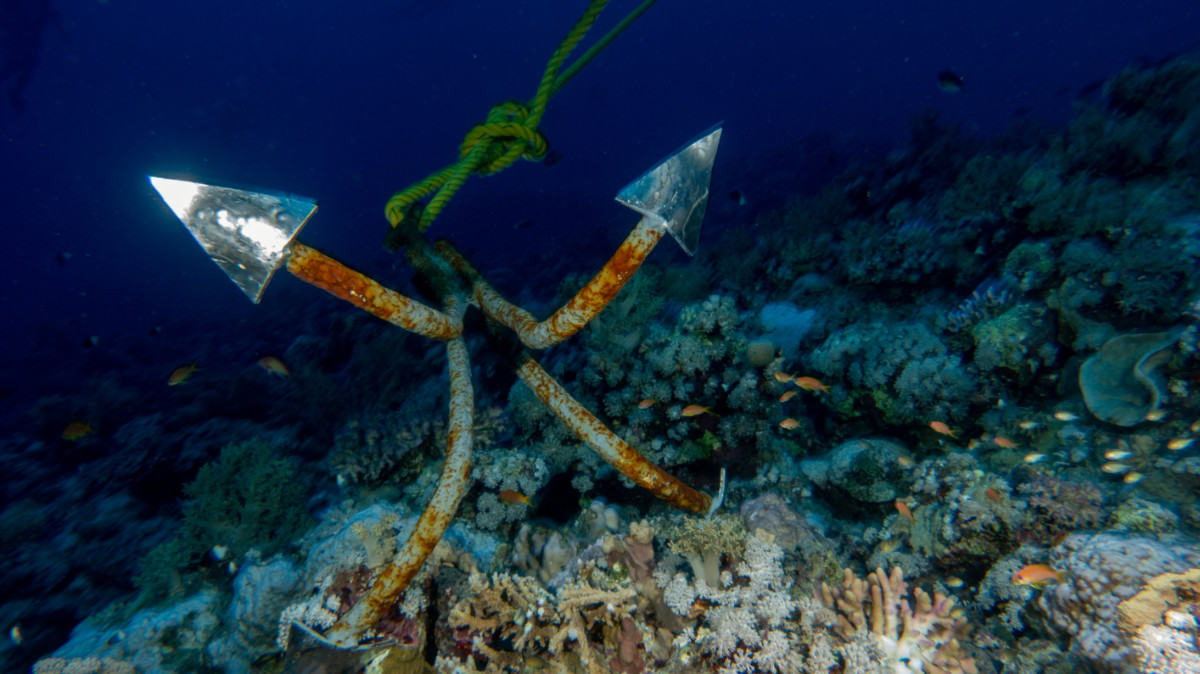Astron’s Donald project to feed Australia-US critical minerals supply by 2027

Astron’s Donald project is anchoring its position as a near-term producer, with first progressing targeted for 2027. Pic: Getty Images
- Astron’s Donald project is aiming to start producing rare earths by late 2027 and already has approvals in the bag
- It also recently secured a letter of support from Export Finance Australia for $80m, fast-tracking the FID process
- CEO Tiger Brown chats about the project’s scale and longevity
Buried beneath farmland near Minyip in Victoria’s Wimmera region lies what Astron (ASX:ATR) believes is Australia’s answer to China’s dominance in heavy rare earth elements.
Right now, more than 90% of dysprosium and terbium supply is controlled by the Middle Kingdom, with a sizeable portion processed from ore mined in Myanmar, a country facing perpetual political instability.
But Astron is looking to change that with its Donald asset, which recently secured a conditional $80m letter of support from Export Finance Australia, supporting the move towards a final investment decision targeted for late 2025.
In an increasingly crowded field of Australian rare earth developments, Donald is emerging as a genuine near-term producer, with pipeline construction advancing and first processing slated for late 2027.
It’s an ambitious timeline for a $520m project.
But the asset, backed by 35 years of corporate expertise and a secured JV partner in America’s Energy Fuels, already has regulatory approvals in hand and the Australian Government’s Major Project Status, awarded in October.
Mine to magnet buildout
Once operational, the Donald project is expected to supply about one-third of US demand for dysprosium and a quarter of its terbium requirements.
Both metals are essential ingredients in permanent magnets used in EVs, offshore wind turbines, industrial robotics, drones, guided missile systems and aerospace technology.
They are so critical that China singled them out in export restrictions in April, which is why Donald’s early production profile carries so much weight.
Phase 1 is forecast to deliver 8000-9000 tonnes of rare earth concentrate each year over its first five years.
Astron CEO Tiger Brown told Stockhead this aligns with the current processing capacity of Energy Fuels’ White Mesa Mill in southern Utah, the only commercial US facility currently producing Nd/Pr oxides from monazite for downstream processing.
It produced dysprosium for the first time in August, producing 29kg to September 30, with its first terbium oxide due to roll off the production line in the December quarter.
A frontrunner in rare earths and minerals sands
Through its JV with Energy Fuels, Brown said Donald has an opportunity to be the first western project with commercial quantities of heavy rare earths in production.
“The commercial realities of bringing critical minerals projects like Donald into production are an interrelationship between time, cost and logistics,” he said.
“Rare earth projects require long lead times and are capital intensive, meaning that the time from exploration to commissioning can be a long time period.
“There is no certainty that critical mineral deposits discovered both domestically or internationally will be commercially viable.
“The need for critical mineral deposits also increases the need for downstream processing and refining capacity, again a factor which increases the time and cost of creating a critical minerals supply chain.”
Brown called Donald the most advanced rare earths and minerals sands project on the eastern seaboard.
“We are uniquely positioned in that the Donald project could be in production by the end of 2027 and downstream processing is in place at the White Mesa Mill,” he said.
“That means the long lead times and capital intensity is lower than a project or processing plant that is undiscovered or undeveloped.”
Dual revenue and 200 year mine life
Brown acknowledges the challenges, but what keeps him focused is the project’s scale and longevity.
Phase 1 alone will operate for 42 years whilst utilising just 17% of Astron’s total 1.81Bt resource grading 4.6% heavy minerals.
“At the Phase 1 throughput, this would equate to a mine life of over 200 years,” Brown said,.
The company will look to expand production into Phase 2 as soon as commercially possible, which would see a doubling in throughput to 15Mt per annum.
Another aspect that sets Donald apart from other rare earth hopefuls is its dual revenue structure.
As well as containing one of the richest heavy rare earth assemblages ex-China, the project also holds the world’s largest in-situ zircon resources.
“The dual revenue nature of the project provides a form of insulation to movements in either the rare earth or mineral sands markets,” he explains.
“We have endured both price spikes and price troughs in the rare earth market, while mineral sands has remained robust until a slowdown in 2025.
“The by-product credit Donald receives from zircon and titanium bearing heavy mineral concentrate (HMC) significantly improves project economics and commercial viability and lowers rare earth price breakeven points.”
At Stockhead, we tell it like it is. While Astron Corporation is a Stockhead advertiser, it did not sponsor this article.
Related Topics

UNLOCK INSIGHTS
Discover the untold stories of emerging ASX stocks.
Daily news and expert analysis, it's free to subscribe.
By proceeding, you confirm you understand that we handle personal information in accordance with our Privacy Policy.








